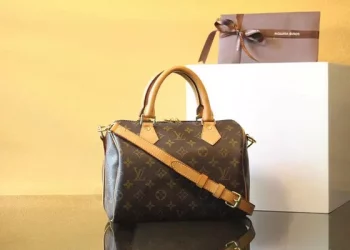A recent investigation by the European Chemicals Agency (ECHA) has exposed the presence of banned ingredients in hundreds of cosmetic products sold across Europe. The study, which reviewed nearly 4,500 cosmetic items in 13 countries, revealed that 285 products—about 6%—contained restricted or prohibited substances.
Among the banned chemicals found were perfluorononyl dimethicone, perfluorooctylethyl triethoxysilane, and perfluorononylethyl carboxydecyl PEG-10 dimethicone. Cyclopentasiloxane (D5), a component of cyclomethicone (a blend of D4, D5, and D6), and cyclotetrasiloxane (D4) were also detected, predominantly in hair conditioners and hair masks. The study highlighted that perfluorononyl dimethicone was mainly present in eyeliners and lip liners in pencil or crayon form.
The ECHA emphasized that these substances are banned under the Stockholm Convention on Persistent Organic Pollutants (POPs) and are subject to restrictions under the REACH Regulation due to their classification as persistent, bioaccumulative, and toxic (PBT/vPvB) pollutants. These compounds pose significant risks to human health and the environment.
The inspections were conducted by checking product ingredient lists—an approach that consumers themselves can adopt. In response to the findings, enforcement authorities took measures to remove non-compliant items from the market. Initial actions included issuing written guidance to suppliers on legal compliance. At the time of reporting, investigations were ongoing for approximately half of the identified cases.
The countries involved in this regulatory effort included Sweden, Austria, Denmark, Germany, Finland, Iceland, Italy, Liechtenstein, Malta, Lithuania, Luxembourg, Norway, and Romania.
Related Topics:





























